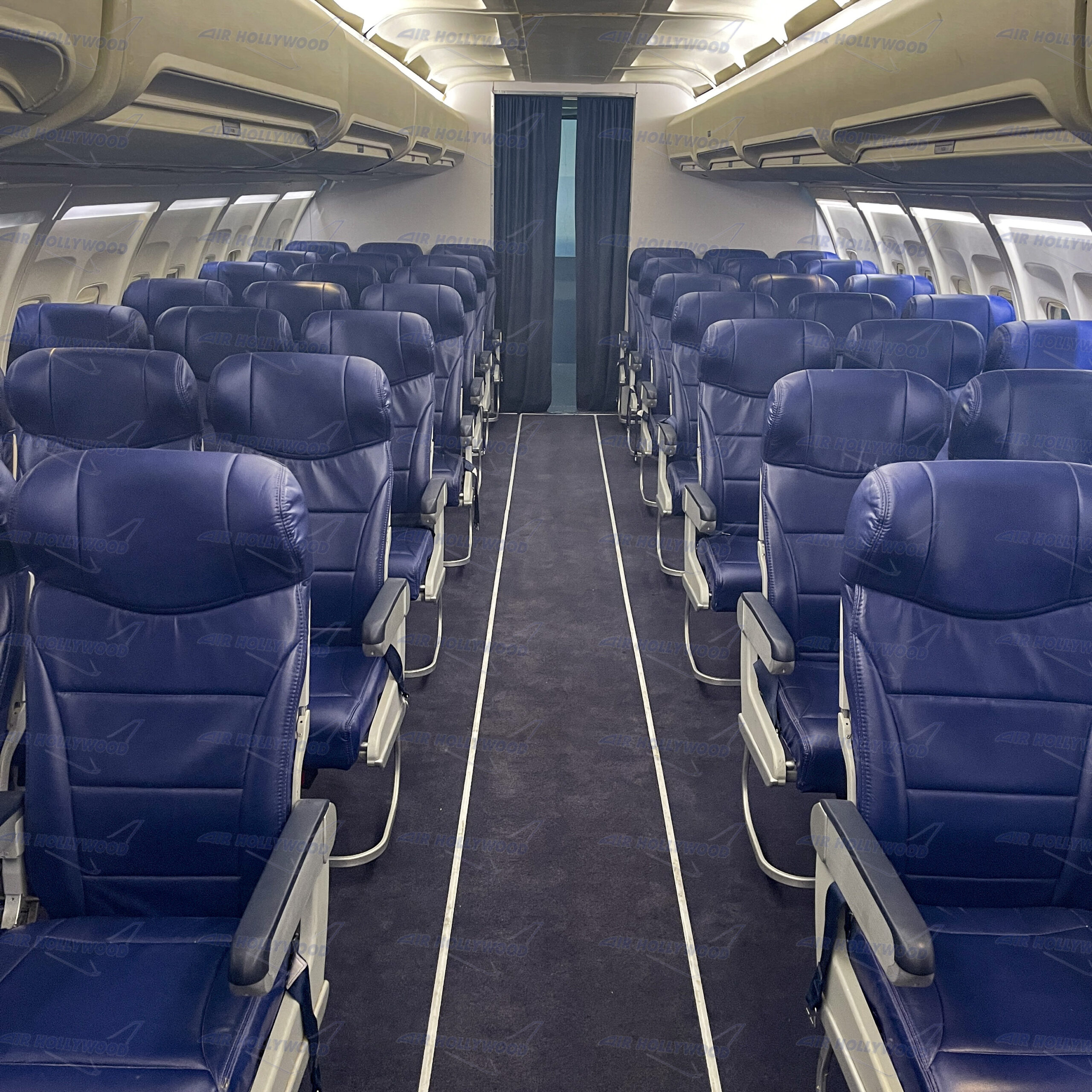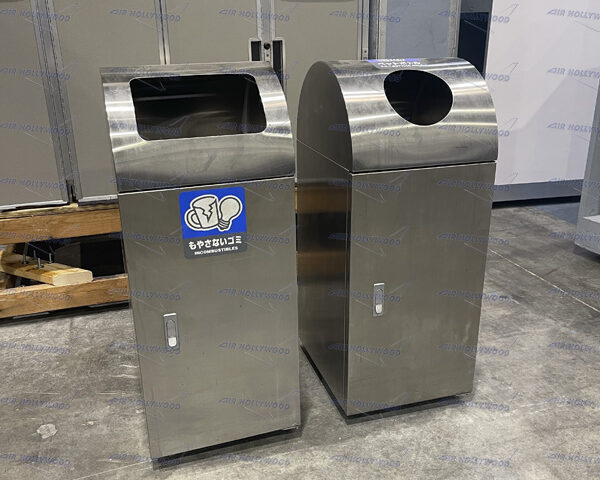
The Importance of Air Traffic Control: Ensuring Safe Skies and Efficient Air Travel
June 5, 2024Introduction: In an era of rapid technological advancement, artificial intelligence (AI) and machine learning are revolutionizing various industries, and aviation maintenance is no exception. These cutting-edge technologies are reshaping traditional maintenance practices, enabling predictive analytics, automated diagnostics, and digital twins to enhance safety, reliability, and efficiency in aircraft operations. Join us as we explore the transformative impact of AI and machine learning on aviation maintenance and the benefits they bring to the industry.
Predictive Maintenance: Proactive Problem-Solving One of the most significant advancements facilitated by AI and machine learning is predictive maintenance, which allows airlines to anticipate and address potential issues before they occur.
- Data-Driven Insights:
- AI algorithms analyze vast amounts of historical and real-time data to identify patterns and anomalies that may indicate impending failures or maintenance needs.
- Condition Monitoring:
- Sensors installed on aircraft continuously monitor various components and systems, providing real-time data on their health and performance.
- Proactive Interventions:
- By predicting maintenance requirements in advance, airlines can schedule proactive interventions during scheduled maintenance checks, minimizing downtime and reducing the risk of unscheduled maintenance events.
Automated Diagnostics: Streamlining Maintenance Processes Machine learning algorithms enable automated diagnostics, streamlining maintenance processes and improving efficiency.
- Fault Detection and Isolation:
- AI-powered systems can quickly detect and isolate faults within aircraft systems, pinpointing the root cause of issues and facilitating faster troubleshooting.
- Diagnostic Recommendations:
- Based on analysis of fault data and historical maintenance records, AI algorithms provide recommendations for corrective actions, guiding maintenance technicians through the repair process.
- Decision Support Tools:
- AI-driven decision support tools help maintenance teams prioritize tasks, allocate resources efficiently, and optimize maintenance schedules to minimize operational disruptions.
Digital Twins: Virtual Replicas for Real-Time Monitoring Digital twins, virtual replicas of physical assets, are revolutionizing aircraft maintenance by providing real-time insights into their performance and condition.
- Real-Time Monitoring:
- Digital twins continuously collect data from sensors installed on aircraft, allowing maintenance teams to monitor their condition and behavior in real-time.
- Predictive Analytics:
- By simulating various operating scenarios and analyzing historical data, digital twins can predict future performance and maintenance needs, enabling proactive maintenance strategies.
- Lifecycle Management:
- Digital twins facilitate comprehensive lifecycle management of aircraft, from design and manufacturing to operation and maintenance, optimizing performance and extending asset lifespan.
Benefits of AI and Machine Learning in Aviation Maintenance The adoption of AI and machine learning in aviation maintenance offers numerous benefits to airlines, maintenance providers, and passengers alike.
- Enhanced Safety:
- Proactive maintenance strategies and predictive analytics help identify and mitigate potential safety risks, ensuring the highest standards of aircraft safety.
- Improved Reliability:
- By reducing the likelihood of unscheduled maintenance events and minimizing downtime, AI-driven maintenance practices improve aircraft reliability and on-time performance.
- Cost Savings:
- Predictive maintenance strategies reduce the need for costly unscheduled repairs and minimize the impact of maintenance-related delays, resulting in significant cost savings for airlines.
- Efficiency Gains:
- Automated diagnostics and digital twins streamline maintenance processes, enabling maintenance teams to work more efficiently and allocate resources effectively.
Challenges and Considerations: Integrating AI into Maintenance Practices While AI and machine learning offer significant benefits, their successful integration into aviation maintenance practices requires careful consideration of various factors.
- Data Quality and Integration:
- Ensuring the availability of high-quality data and integrating data sources from diverse aircraft systems and maintenance records is crucial for AI-driven analytics.
- Regulatory Compliance:
- Compliance with aviation regulations and certification requirements is essential when implementing AI-based maintenance solutions to ensure they meet safety and reliability standards.
- Human Expertise:
- While AI can automate many maintenance tasks, human expertise remains indispensable for interpreting data, making informed decisions, and performing complex repairs.
Conclusion: The Future of Aviation Maintenance AI and machine learning are transforming aviation maintenance practices, enabling airlines to adopt proactive, data-driven approaches to ensure aircraft safety, reliability, and efficiency. As these technologies continue to evolve, their role in aviation maintenance will only grow, reshaping the future of aircraft operations and maintenance.
By harnessing the power of AI and machine learning, the aviation industry can unlock new possibilities for safer skies, improved reliability, and enhanced passenger experiences. As we embark on this journey of innovation, collaboration between industry stakeholders, technology providers, and regulatory bodies will be key to realizing the full potential of AI in aviation maintenance.
The future of aviation maintenance is here, powered by AI and machine learning, and the possibilities are endless.

